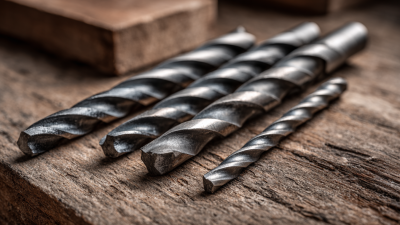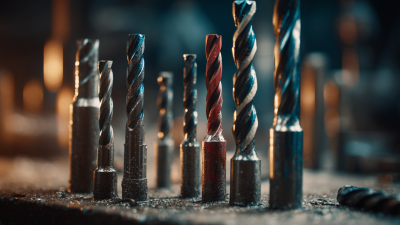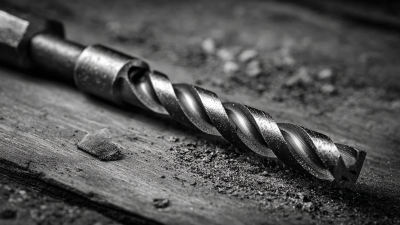FREE SHIPPING ON ALL BUSHNELL PRODUCTS
Leave Your Message
In today's fast-paced construction and DIY environment, the importance of selecting the right drill bits cannot be overstated. According to a report by MarketsandMarkets, the global drill bit market is projected to reach USD 8.73 billion by 2025, emphasizing the critical role these tools play in various industries. With applications ranging from woodworking to metalworking and masonry, understanding the diverse types of drill bits and their specifications is essential for achieving optimal results.
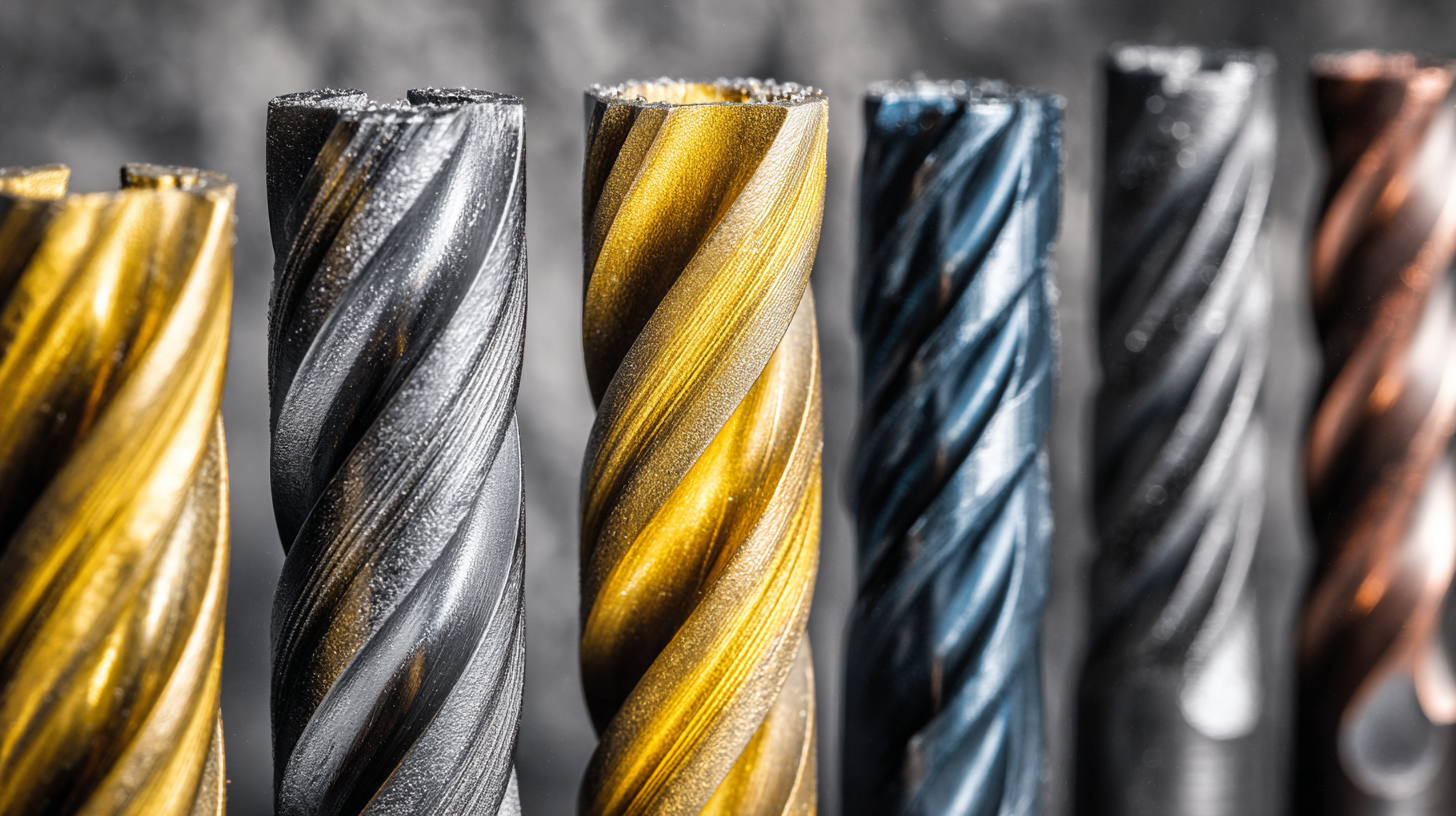
Whether you are an experienced tradesperson or a weekend warrior, knowing how to choose the correct drill bits can significantly impact your project’s efficiency, precision, and overall success. As we unlock the intricacies of drill bits and their applications, we pave the way for enhanced performance and safety in every undertaking.
When choosing the right drill bits for metal, understanding the specific types suited for various materials is crucial for optimal performance. Metal drilling is a common task, but given the wide variation in metal properties, different drill bits must be employed. For instance, titanium-coated bits are excellent for stainless steel, while cobalt bits offer an edge for tougher metals like iron and aluminum. A recent industry report indicates that using the correct drill bits can increase drilling efficiency by up to 30%, emphasizing the importance of selecting appropriate tools based on the material at hand.
Tips: Always consider the hardness of the material prior to selecting your drill bit. For softer metals, a high-speed steel (HSS) drill bit will typically work well, while harder metals might require a more robust option like cobalt bits. Additionally, ensuring that the drill bits are sharp not only enhances performance but also reduces wear and tear on your machinery.
With advancements in technology, such as micro-drilling techniques, precision is more attainable than ever. Reports suggest that micro-drilling can achieve hole sizes as small as 0.1 mm, making it crucial in industries requiring high precision, like aerospace and electronics. Understanding the characteristics and capabilities of different drill bits allows for better decision-making and improved results in any project.
When it comes to selecting drill bits for various applications, understanding industry standards is crucial. The ANSI and ISO specifications provide a comprehensive framework to ensure compatibility and performance. For drill bits, ANSI standards offer clarity on the dimensions, tolerances, and materials used, which helps users make informed choices tailored to their specific projects. For instance, according to ANSI B212.4-2002, specifications extend beyond just drill bits; they also cover identification systems for associated tools such as indexable inserts. This standard describes a structured approach, utilizing a ten-position identification system marked with capital letters, enhancing both usability and consistency.
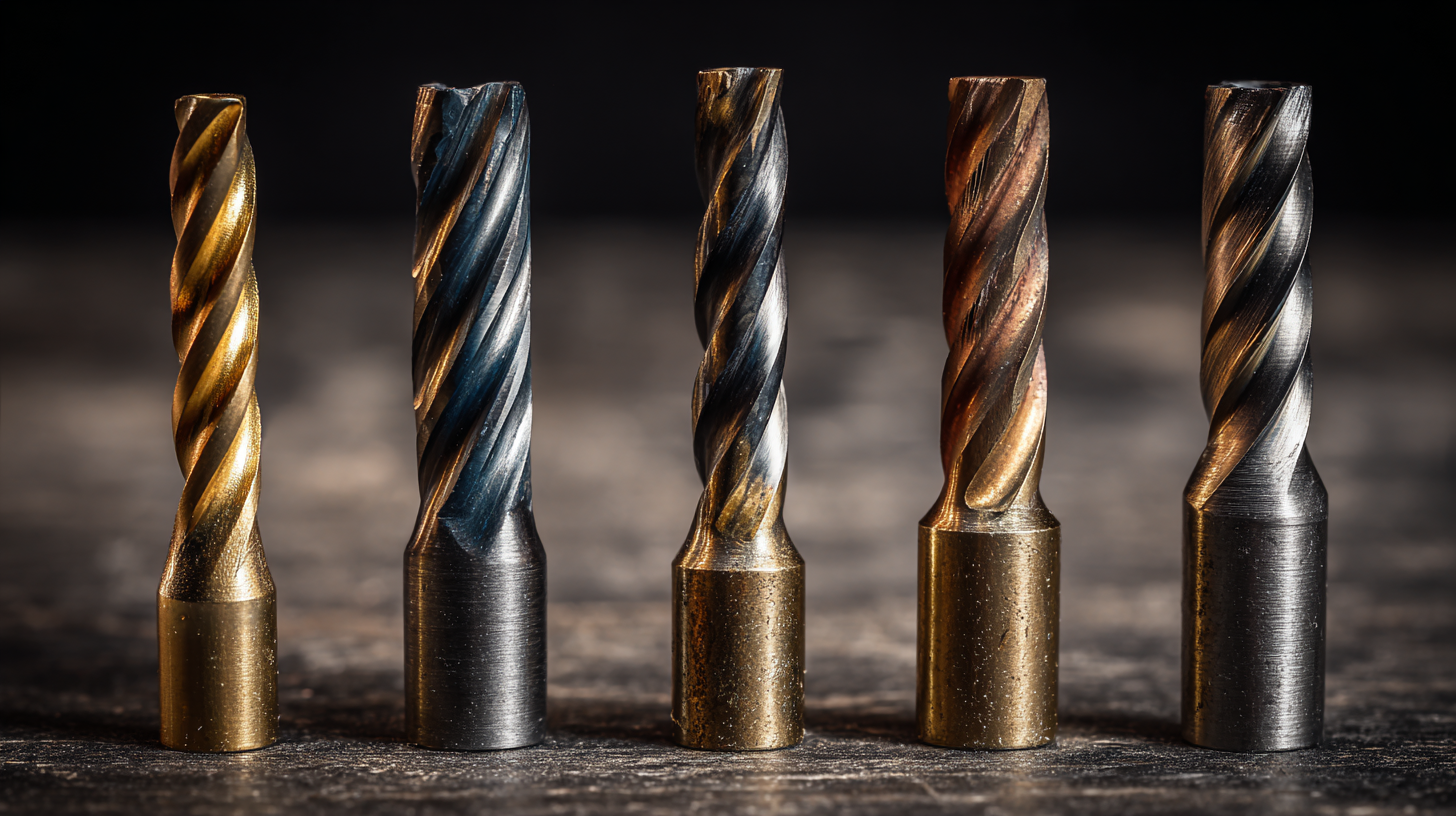
ISO standards complement ANSI guidelines by establishing international benchmarks that facilitate global trade and manufacturing. Adhering to these specifications ensures that drill bits are not only usable in local markets but also recognized and accepted worldwide. This compatibility is essential for industries that operate across borders, allowing engineers and technicians to select drill bits knowing they will meet rigorous quality standards regardless of their geographic location. Understanding these specifications empowers users to choose the right drill bits confidently, resulting in efficient machining processes and enhanced project outcomes.
In recent years, advancements in drill bit technology have revolutionized the way we approach drilling projects. Cutting-edge materials, such as carbide and cobalt alloys, have significantly enhanced the durability and performance of drill bits. These materials resist wear and heat, leading to longer-lasting tools that can handle even the toughest drilling tasks. Additionally, innovations in coating techniques, such as titanium nitride and diamond-like carbon coatings, further reduce friction and enhance precision, allowing for cleaner cuts and minimizing damage to the workpiece.
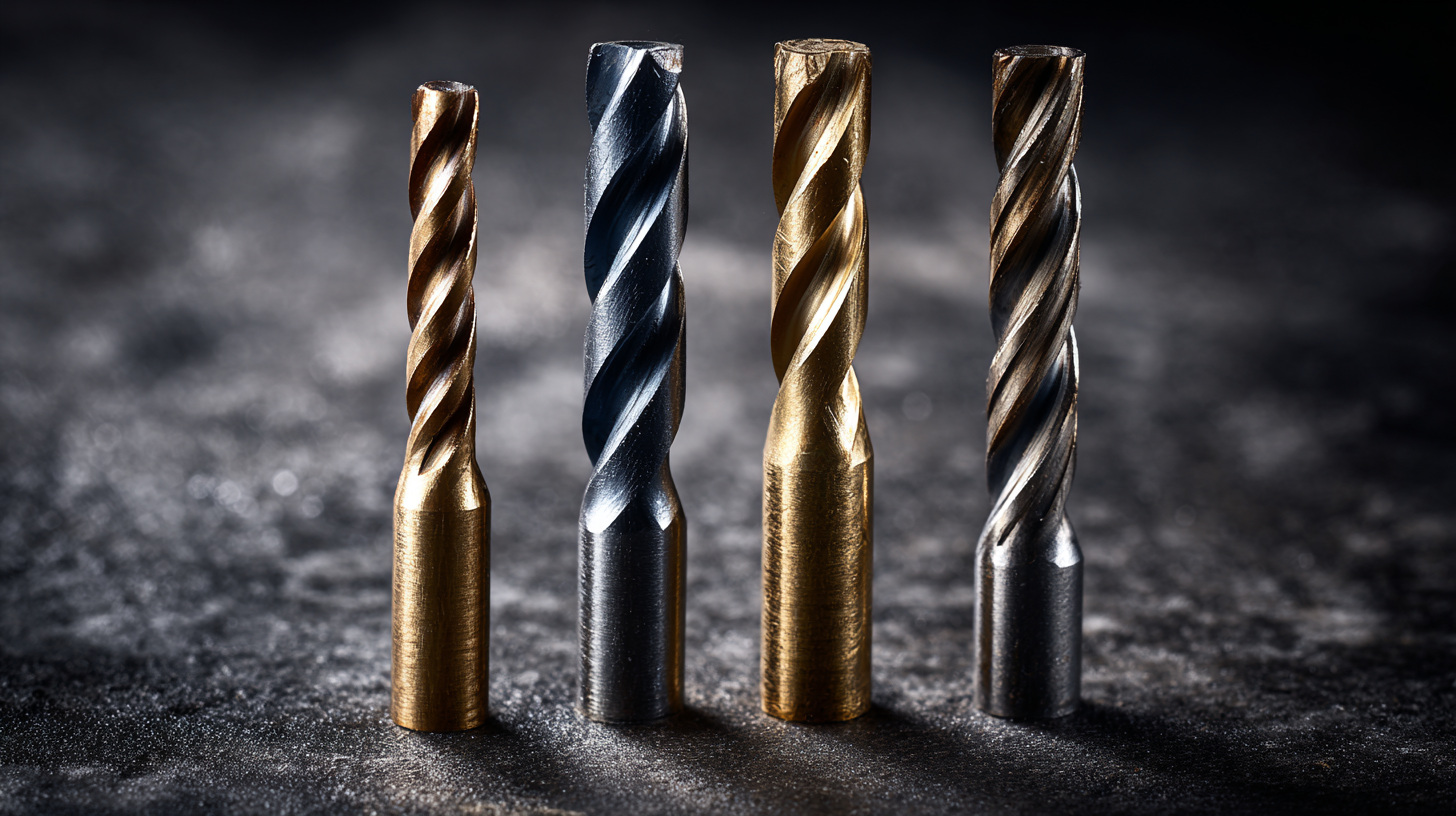
Moreover, the design of drill bits has evolved to optimize efficiency and effectiveness. Features like spiral flutes, aggressive tip geometries, and variable helix angles are engineered to improve chip removal and reduce binding, which is crucial when working with dense materials like metal or hardwood. As manufacturers continue to experiment with hybrid designs and advanced manufacturing processes, the market offers an array of specialized drill bits tailored for specific applications, from woodworking to metalworking. By understanding these technological advancements, users can select the right drill bits that not only meet their project needs but also provide optimal performance and longevity.
Choosing the right drill bit is crucial for ensuring project precision and efficiency, especially in industries such as oil and gas where directional drilling is becoming increasingly prevalent. Applying a statistical approach allows for the evaluation of various material properties and durability, which are essential for optimizing performance. Factors such as material composition, coating, and tip geometry can dramatically influence the success of drilling projects, making informed selection critical.
Recent advancements in machine learning have enhanced the ability to select cost-effective drilling tools tailored for specific tasks. By leveraging data analytics, these models can analyze historical performance data to predict the most suitable drill bits for various geological formations and drilling conditions. This not only aids in reducing costs but also improves overall project outcomes, emphasizing the importance of incorporating technology into the decision-making process when selecting drill bits.
Choosing the right drill bit for your project is essential for maximizing efficiency and minimizing costs. Recent advancements in drilling technology have proven that selecting the appropriate tools can significantly reduce project time and expenses. For instance, implementing innovative diamond drill bits has led to improved drilling performance and lower operational costs, with projections indicating a 15% decrease in diamond drilling costs in Africa by 2025. Such developments highlight the importance of precision in selecting drill bits tailored to specific applications.
Moreover, the integration of machine learning and optimization algorithms in drilling processes has further enhanced efficiency. By addressing issues such as drill-string vibrations, these technologies contribute to better performance and resource management. As companies adopt comprehensive sustainability strategies alongside advanced technologies, they have observed substantial cost reductions, reinforcing the idea that the right drill bit can not only streamline operations but also support responsible resource extraction. Investing in the right tools, therefore, becomes crucial in today's evolving drilling landscape.
This chart illustrates the time savings associated with different types of drill bits based on their relevance to various projects. Choosing the right drill bit can significantly reduce the hours spent on tasks, enhancing overall efficiency and cost-effectiveness.

